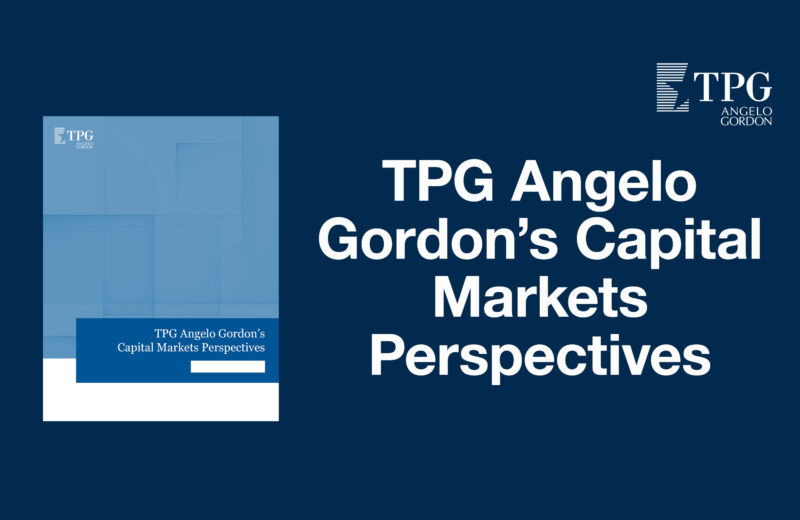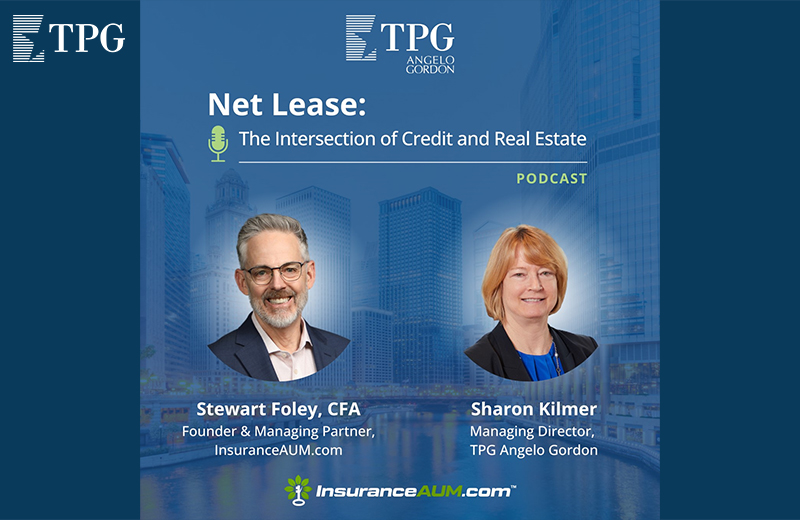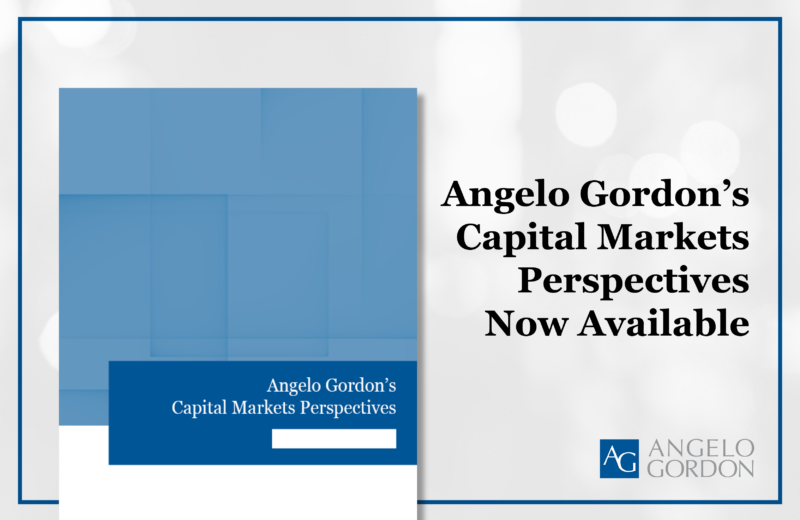CSRに関するお知らせ不動産
Angelo Gordon’s Anuj Mittal on Sustainability Trends in the European Private Real Estate Market
9月 21, 2022
Anuj Mittal from Angelo Gordon talks to Climate Action about sustainability trends in the European private real estate market and the pivotal role of ESG. The future challenges and how they be overcome including the geographical variation of ESG opportunities and requirements. And finally, Anuj discusses how COVID-19 has affected the parameters of what a “sustainable” building really means.
What do you see as the main ESG trends in the private real estate markets over the next five years?
The real estate markets and the forces that drive them – regulation, stakeholder interests, and geography for instance – vary widely due to the localized nature of the industry and the same is true for ESG-related trends.
Three general trends seem likely to become more important globally over the near term as the market focuses more on sustainability and decarbonization: 1) increased asset value sensitivity to ESG factors, 2) additional sustainability-focused regulatory pressures, and 3) green-focused lending.
It’s well established that green certified buildings and those with a sustainability strategy attract a premium – both from tenants and upon sale. All else being equal, if you have a green building next to a less energy efficient building, the green building will command a higher rent and eventually sell for a higher multiple on that rent. What was once a green premium, however, is turning into a brown discount as buyer and tenant demand is forcing sustainability strategy to become a baseline license to operate. This is especially apparent in the European market where appraisers are explicitly incorporating sustainability factors into their models and the European Group of Valuers’ Associations, for example, went as far as modifying its guidance to include ESG considerations.
While buyers want sustainable buildings to attract tenants, regulatory pressures are also driving sustainability action in the real estate market, and none more than in the area of disclosure. With legislation and frameworks such as the Sustainable Finance Disclosure Regulation (SFDR) and the EU taxonomy for sustainable activities, regulators in the US and Europe are answering industry calls for a more cohesive approach to sustainability disclosure and measurement, putting pressure on managers to measure and manage ESG-related activities. At the local level, regulations like construction material recycling mandates, planning commission directives, fines for carbon intensive buildings are driving industry changes, as are regulations like New York’s Local Law 97 that fine owners whose buildings exceed certain emissions levels that incentivize owners to make improvements and buyers to ensure assets are positioned to withstand future penalties. Finally, as the requirement for public disclosures on sustainability information and reporting against climate target-setting become more established and widespread, companies will be compelled to search for more efficient spaces.
In the final significant trend, I anticipate a decided shift of real estate debt toward more sustainable buildings. While investors are allocating equity capital toward sustainable assets, the lending industry is lagging a bit behind. I think there are two interesting opportunities for debt providers. The first is green loans which are loans securitized against an existing sustainable building or planned project that meets certain criteria. This could become a relatively cheaper and less risky method of financing. Green buildings will be less prone to obsolescence, climate, and regulatory risk and thus command a theoretically lower rate. The second way we may see more ESG in commercial lending may be through sustainability-linked loans, those incentivizing building owners to improve the asset’s performance. Similar to how a lender typically has earn-out provisions where a borrower can get more proceeds as a building further leases, here a borrower could get more proceeds as a building completes ESG milestones. This seems more likely today because there is data supporting the idea that ESG measures improve value. Given how many existing buildings exist that could, or will ultimately have to improve their ESG credentials, these linked loans could have a very large impact on the industry.
How do you see ESG driving financial value creation in your private real estate portfolio?
When people talk about brown discounts, transition risk, and obsolescence, I think they are generally focused on incorporating ESG-considerations into their investment processes to mitigate downside risk. A more effective sustainability strategy looks for ESG-related factors that also create value.
I do not have the data to support this, but my guess is that the vast majority of institutional European investors want to own real estate that has ESG credentials, whether they are value-added or core, offices or residential. This doesn’t mean all landlords in Europe are “tree-hugging socialists – to the contrary, I believe that this nearly universal desire to own ESG-forward assets is driven by a profit motive.
This has been a boon to our business. As a value-add investor, we have the fundamental strength of being far less carbon-intensive than demolishing and rebuilding or ground-up development. In line with the “reduce, reuse, recycle” mantra, we think of our sustainability strategy as “refurbish, repurpose, reposition.” From our vantage point, in the value-added corner of investing there is increasing recognition that constructing a building is very hard to do without emitting a lot of carbon. Just consider the carbon emitted to demolish a building, particularly a large building, and the resources expended to fabricate and transport the materials, and the energy used to construct a building.
ESG-related financial value exists beyond the construction phase. How a building is operated is also important. The implementation of heat pumps rather than boilers, establishing tenant engagement and education plans and monitoring a property’s utility consumption data are all examples of how significant value can be derived from sustainable operating focus. A lot of glory goes to the buildings that are built with limited carbon and the most cutting-edge technology, but I think many underestimate how much impact operating a building well can have – both on sustainability and profitability.
What do you see as the biggest hurdles for advancing responsible investing in the private real estate market?
The private real estate industry is extremely local; and just as the major market participants vary by city and country the ESG opportunities and requirements vary per location. For example, the sustainability forces affecting a building in Central London look fundamentally different from those influencing a suburban multi-family residential asset. This creates two key stumbling blocks for asset owners.
The first is a data collection issue. It is becoming essential to collect your properties’ utility data to track consumption and spend, however the array of utility providers, property managers, billing cycles, language barriers, and data availability means this is not easy. There are some decent PropTech solutions and advisory firms dedicated to alleviating this challenge but so far there is no one-stop global solution to distil this data to a format that allows meaningful analysis of the sustainability and financial value creation of ESG-related initiatives.
The second hurdle is a reporting issue. While transparency drives change and better decision-making – both internally and externally – it’s difficult to find standards, metrics, and KPIs that fit uniformly across geographies, asset classes, and investment strategies. For example, many standards focus on year-over-year performance which is especially beneficial to managers that either have a relatively long hold period or those that buy buildings that are already sustainable but doesn’t do much to incentivize owners to enhance the energy efficiency of older, less sustainable buildings. I believe the transition of the existing built environment is what will really move the sustainability needle. I’m looking forward to the development of easy to interpret, standardized ESG metrics. This will not only help buyers and tenants evaluate and better judge buildings from a sustainability perspective; it will also enable owners to create standardized, repeatable, and defensible reporting processes that will produce more reliable data points.
How has the COVID pandemic affected your outlook on the private real estate market from an ESG perspective?
It’s no secret that people have changed how and where they work and live since early 2020. While not an emerging trend per se, it is important to note how COVID-19 has affected the parameters of what a “sustainable” building really means. Before COVID, tenants and buyers were already pushing for increasingly environmentally sustainable properties due to potential regulations, growing climate commitments, and a deeper understanding of the built environment’s contribution to carbon emissions and climate change. However, the pandemic accelerated this focus. As we enter a post-COVID world, tenants and owners are now looking for buildings that are not just more energy efficient, they want buildings that are healthy – those with more advanced air purification systems, enhanced water quality, natural light, centers for social connectivity, greenspace, and other lifestyle amenities. This trend is promoted by health and well-being certification groups like Fitwel that formally recognize the “healthy” features of a property and academic research suggests that a health premium is driving market forces. A 2020 study by MIT found that healthy office buildings across 10 U.S. cities attracted a rent premium between 4.4-7.7% per square foot compared to non-certified healthy spaces. As we transition out of a work from home environment, businesses are drawn to healthier, more socially attractive spaces in order to incentivize employees to come back into a physical workspace.
Anuj will be participating in the Sustainable Investment Forum North America on 22nd September, to register please click here.





